By Wan Shuyan from CNS
Jan-Boje Frauen is a German scholar specializing in the philosophy of science. A Ph.D. in international relations from Xiamen University, he is a postdoctoral fellow in the Department of Philosophy at the university's College of Humanities. His published work includes his post-doctoral dissertation Fire & Language: The Two-Faced Process of Progress in DeepStructural Sociocultural Evolution and Narrations of the "China Threat": An Analysis of the Discursive Roots of U.S.-Western China Perception from the Beginning of the Twenty-First Century until the Trump Presidency.
As China's national strength and international status rises, some Western politicians and media have been ramping up the "China threat" theory. Jan-Boje Frauen assesses the theory and finds that it has no scientific basis but is actually a narrative created by some people about what they regard as threats from China.
CNS: How did the "China threat" theory develop in the West?
Jan-Boje Frauen: In my opinion, there is no such thing as a "China threat" theory. It's just an umbrella term for a variety of views, some of which are even contradictory, that come from different backgrounds. Those views are the different "narratives" of the perceived "threats" by Westerners. I prefer to call them "narratives" rather than "theories" as they have no scientific basis at all. Americans know very little about China, and so the "Chinese narratives" have become a projected space for them, but they are divorced from the real China.
The "China threat" narrative comes from different sources. The "yellow peril" narrative dating back to the Opium Wars and even earlier held the view that East Asians were "the Other," "Orientals" and intrusive, and Eastern systems were "inferior." Those who think that wherever economic success and progress take place, Western-style liberal democracy will follow believe that China will eventually become like the West. The "wilderness" will be cultivated or influenced by the West. This narrative seeing China as a deficient Eastern empire in need of "Westernization" completely ignores the dramatic and transformative changes and modernization that took place in China during the twentieth century, especially in the last 40 years.
Today's China narratives are increasingly steeped in the "red terror" and the "communist threat," emphasizing that China is a socialist country with an ideology similar to the communism that failed in the Soviet Union, and that China will isolate itself from the Western world in an attempt to expand its influence as a counterbalance to Western domination. This narrative ignores the fact that today’s China follows a system that bears little resemblance to that of the Soviet Union.
According to both these narratives, China should have either isolated itself from the Western world and collapsed, or become a Western-style democracy in the last 20 years. China, of course, did not meet this expectation.
The Chinese system is working well, although it is not "Western" and there is no sign that it will become more "Western" over time.
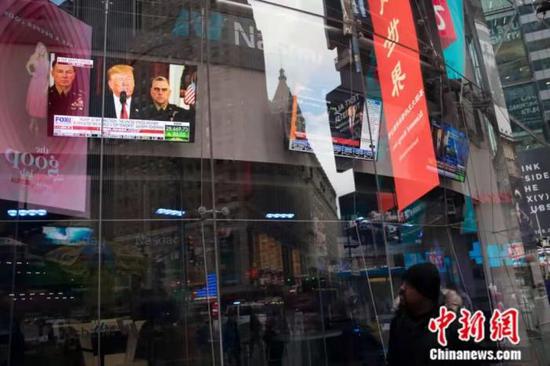
CNS: What was your thought behind your book Narrations of the "China Threat": An Analysis of the Discursive Roots of U.S.-Western China Perception from the Beginning of the Twenty-First Century until the Trump Presidency?
Jan-Boje Frauen: I started this project many years ago as part of my doctoral thesis to examine how the so-called "China challenge" is presented in popular business and economics books in the United States.
I was shocked by the outright racism in these books. So I started reading about anti-Chinese and anti-Asian racism in the U.S., and I was surprised by the results. The top U.S. universities appeared to be consciously limiting their admission of Asian students. There is a "bad racism" against which the U.S. has fought for decades, but there is also an "acceptable racism" against East Asians. For example, former U.S. President Donald Trump called the novel coronavirus the "Chinese virus" and hate crimes against East Asians have surged since then.
In the U.S. discourse system, one narrative about China is that China is a "scheming and highly sophisticated hostile foreign entity aiming for global dominance." The rhetoric, which is applied to China's economy as well as its growing military might, echoes in many ways the Cold War rhetoric. In the United States, the "communist threat" is written all over the place.
China's economic rise is seen as undermining the fight against global warming. The West often says that China is the world's largest carbon dioxide emitter, with little mention of the fact that per-capita emissions in China are actually much lower than in the U.S.
Another "threat" is the fear that a collapse in China's economy will drag down the global financial system. Ironically, in this discourse we find the West's fear of China's failure, which underscores China's importance to the global system. Therefore, on the one hand, China is seen as a highly complex and potentially dangerous superpower due to ideological differences; on the other, China is seen as dangerous as its rise lacks mature planning, which could lead to all kinds of global problems.
These narratives cannot be called "theories" at all. Behind each "theory" is scientific evaluation, which can't be found behind these narratives.
CNS: The targets and phrases used by the West to attack China have changed constantly in recent years. How do you see this trend? What is the nature of the "China threat" theory today?
Jan-Boje Frauen: The "China threat" theory comes up whenever China is cast as "the Other" against the U.S., which defines itself as "good" and "right." There can be different semantic assignments to what “the Other” means, many of which come from old Cold War rhetoric or Orientalist idiomatic phrases rather than from the actual situation in China.
The rise of China is leading to the strengthening of "the Other" mechanism as the U.S. has to contend with a country increasingly seen as the world’s second dominant power. Again, the dichotomy that pits the "free world" against the rest of the so-called "Others" is a Cold War legacy.
Most of the reinforcement of the words used for China has to do with "the Other" mechanism. In part, this is driven by the growing importance of China and the U.S. realization that China is going to keep growing. China is increasingly seen as a real threat. Another reason is the rise of populism. The Internet now makes it easier to influence public opinions. Or rather, public opinions influence themselves. In the spread of the word "Chinese virus," for example, people have forgotten that viruses have no nationalities. Populists use this kind of discourse to gain influence and power.
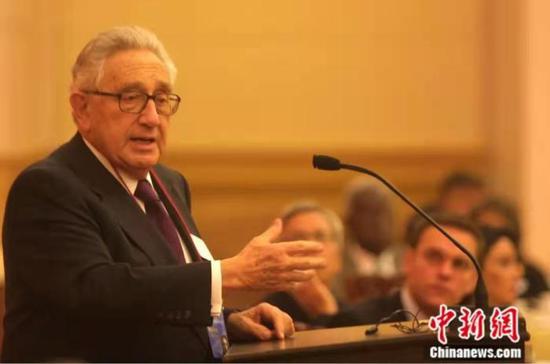
CNS: How could great powers coexist peacefully in today's world?
Jan-Boje Frauen: This is not easy to answer. During the Cold War, political "realists" argued that the safest world was a bipolar one, and that an outbreak of open war between the two major entities would result in "mutually assured destruction" on both sides, which is surely the worst imaginable "path to peace and stability." Apart from the risk of human extinction, it also meant a world divided into two camps, with little contact and cooperation on the international stage. Today, many of the "China threat" theories in the "Red Scare" model assume that this will also be the case in the future between China and "the West," or between China and the U.S.
Since the end of the Cold War, two theories have gained popularity. One is Samuel Huntington's "Clash of Civilizations" theory, which argues that the future will be defined by the struggle in the cultural sphere. The most dangerous and disruptive forces in this area for the West are the Arabs/Muslims and China. The other is proposed by Francis Fukuyama in his The End of History and the Last Man, that all countries will become Western-style democracies and achieve peace and unity.
Put these two theories together and you will find a problem with the Western logic: Either there will be a war between the Eastern and Western cultures, or Eastern culture will become like the Western one.
Today's world has moved beyond the point where it was still feasible to divide it into camps. We are facing a global crisis that threatens the survival of everyone. For a successful future, it is important for the West to put aside its imperialist traditions and learn to accept the fact that not everyone needs to join the Western system. This does not mean that conflict is inevitable or that the two sides cannot work together.

Edited by Wang Zonghan
2024.2.17








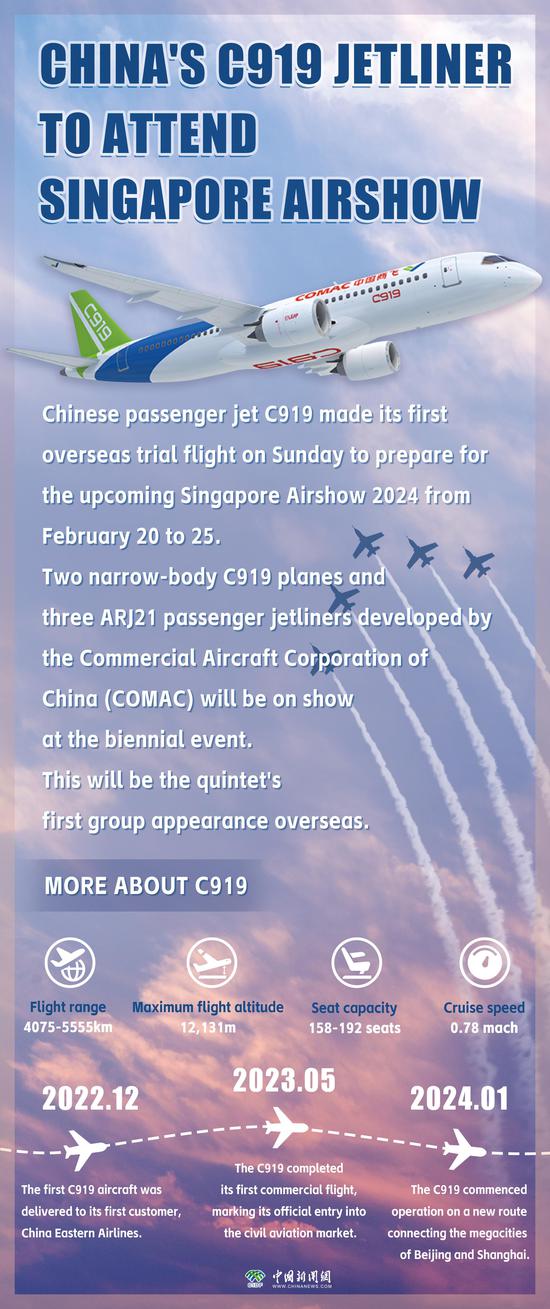
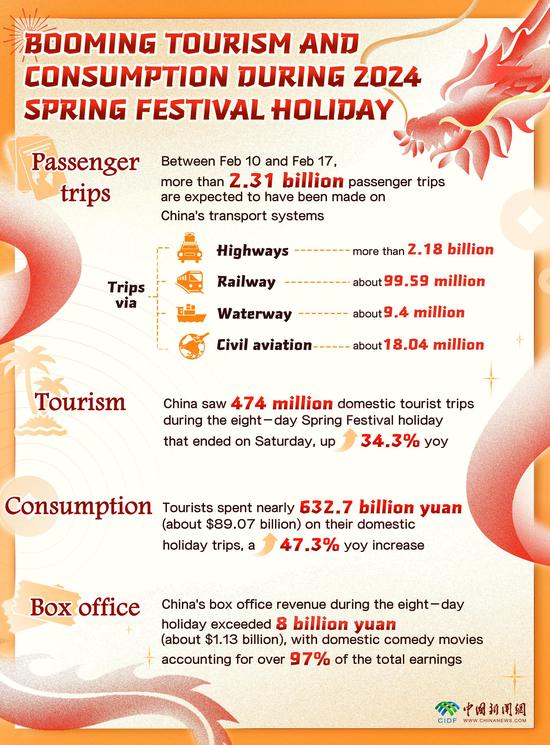


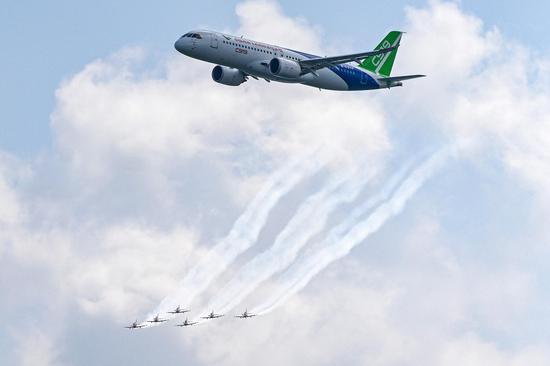
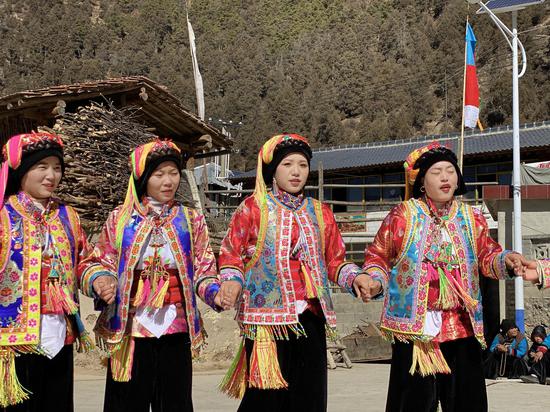
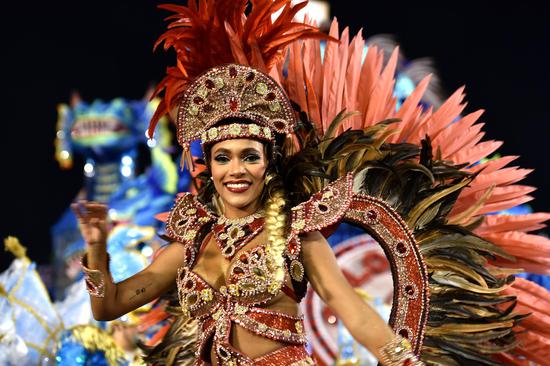
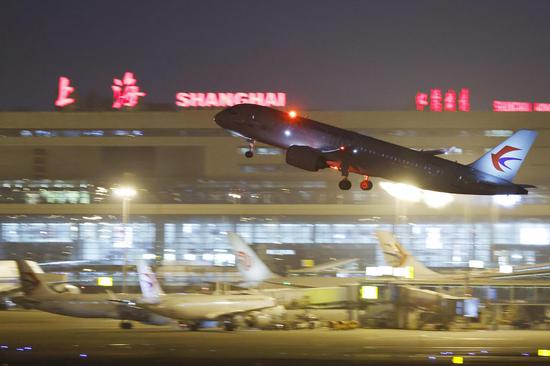
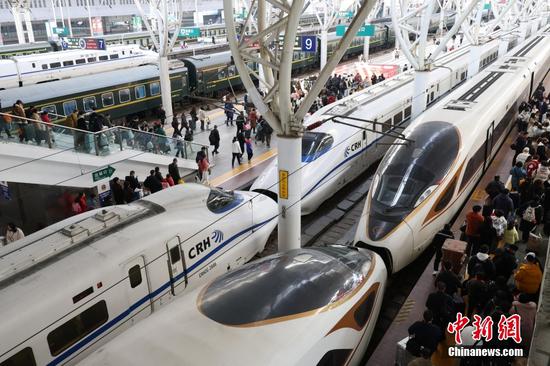
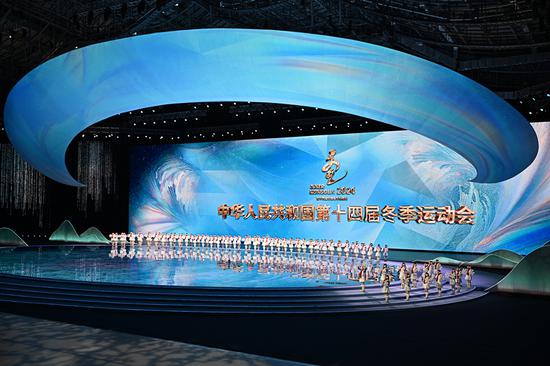




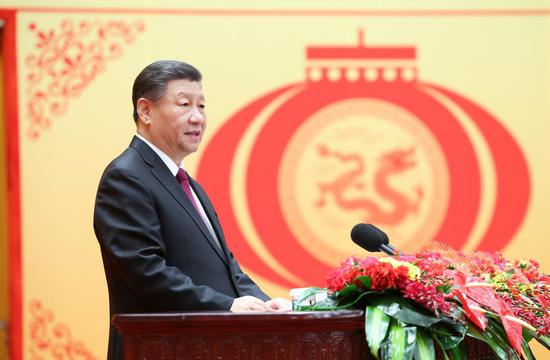
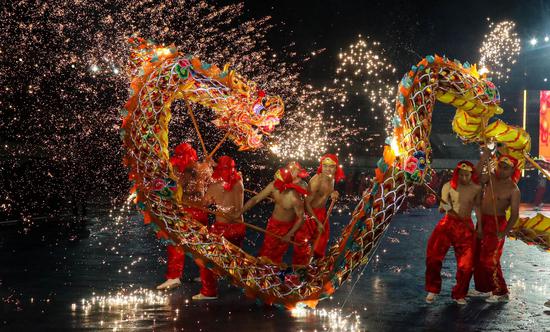
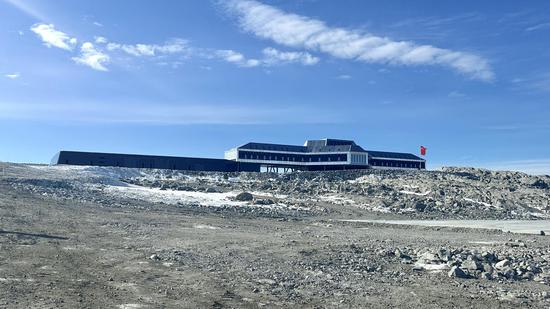
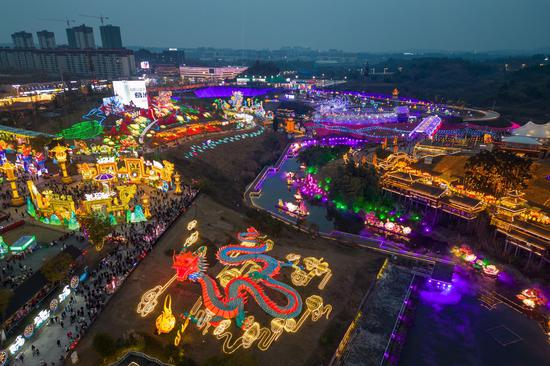
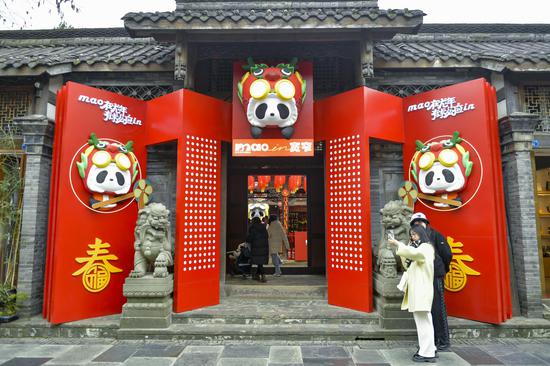

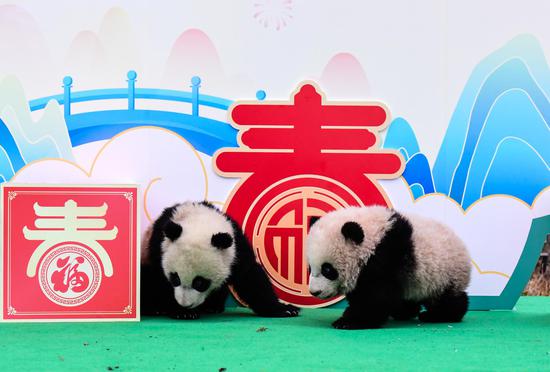



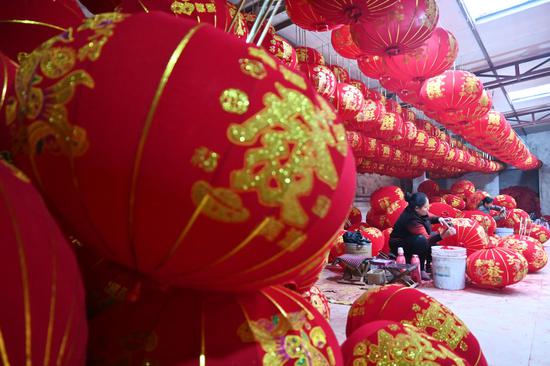
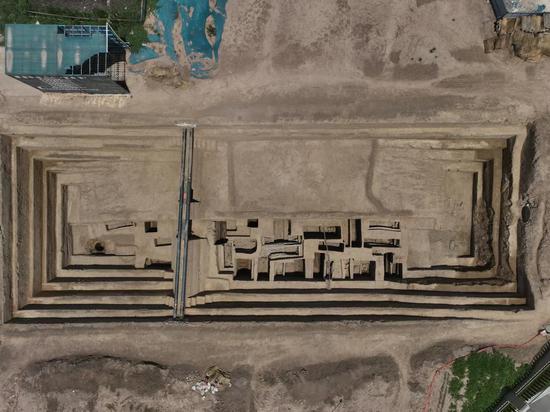


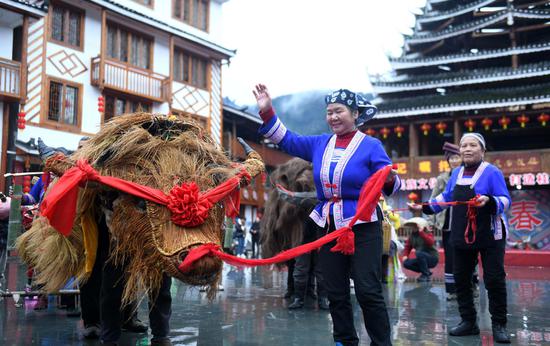
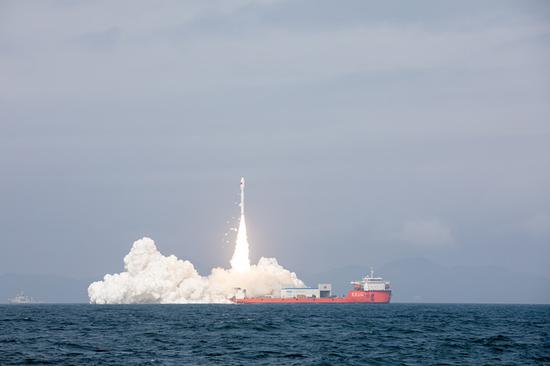
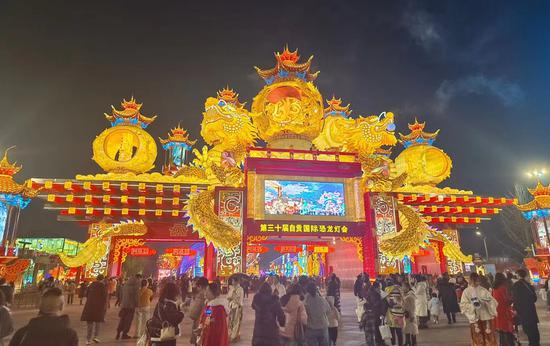

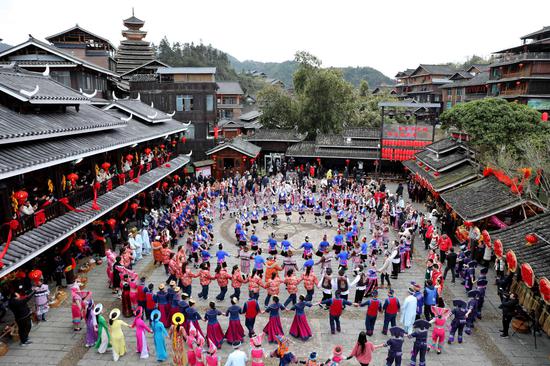

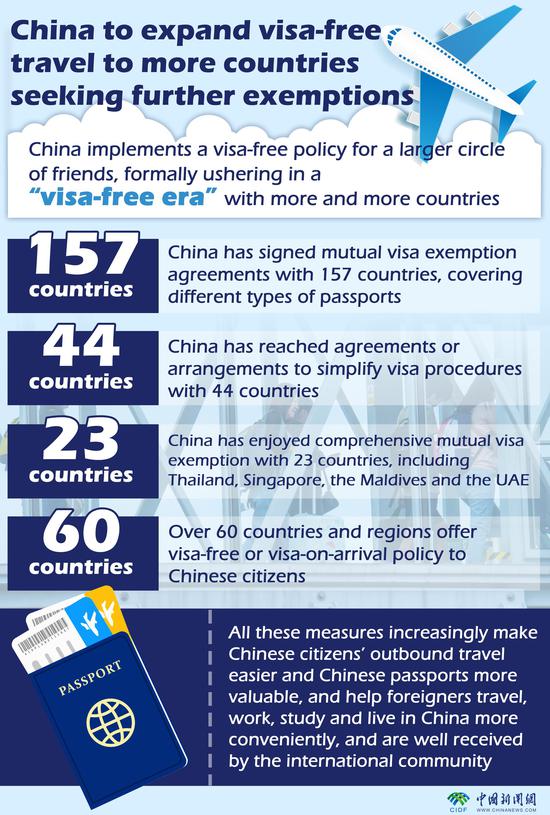







 京公网安备 11010202009201号
京公网安备 11010202009201号